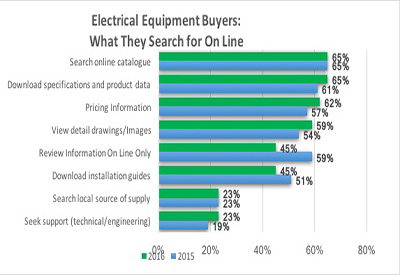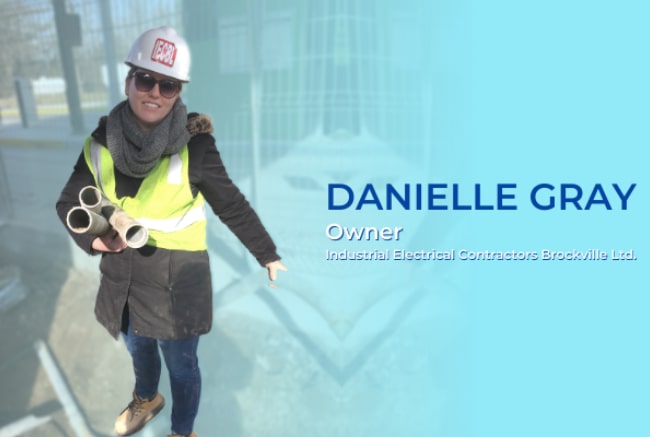The Circular Built Environment in Canada: A Review of the Current State, Gaps and Opportunities

May 10, 2024
Citation: Goodland, H., and Walsh, K. (2024). The circular built environment in Canada: A review of the current state, gaps and opportunities. Canadian Standards Association, Toronto, ON.
Executive Summary

The construction industry is a major consumer of natural resources and imposes significant impacts on the environment. A circular built environment (CBE) is necessary to manage the increasingly limited supply of natural resources, minimize waste and achieve carbon-emission reductions, while providing the housing and infrastructure society needs.
CBE proposes an alternative to the current linear economy of “take-make-use-dispose.” It is a restorative and regenerative system in which the goal is to recapture the value of existing buildings, increase their durability, and create new buildings whose materials can be used, and reused, long into the future.
CBE is at an early stage of adoption in Canada. Barriers to CBE include transitional costs, lack of awareness, industry fragmentation, supply chain complexities and inconsistent regulations. Bringing CBE into the mainstream will require collaboration across government, business and academia. Standards can play an important role in the adoption of circularity by providing the language we use to identify it, guidance for policies and regulations, and examples to ease adoption.
Through a literature review, interviews with industry leaders and two roundtable workshops, this study sought to explore the current state of CBE in Canada, identify gaps and recommend a path forward.
The following are actions that can be taken across the construction sector:
- Create a national waste management framework with aligned metrics, definitions and targets across regions and provinces.
- Include embodied carbon requirements and references in codes and policies.
- Incorporate CBE criteria and how to use reclaimed materials in design standards for the key structural materials referenced in the National Building Code of Canada (NBC). These include steel, concrete, wood and masonry.
- Simplify certification of salvaged materials for reuse (not downcycling).
- Create a pan-national network of markets for reused materials through increased disposal fees.
- Commit to a national building information modelling (BIM) mandate to facilitate project data management and reporting.
- Extend net-zero policy roadmaps to cover waste/resource efficiency and other benefits circular practices offer.
Gaps were identified and recommendations were made in the following six categories:
- Definitions: Standardized definitions can alleviate an inconsistent use of terminology for circularity in Canada. These definitions are needed to provide aligned perceptions. Additional education and outreach can inform the industry on the value of circularity.
- Standards: Metrics and guidance can be incorporated into standards to assist in setting goals and establish a pathway to achieve them. Research for standards provides the technical legitimacy to encourage their adoption and the specifications for implementation. Research into reuse of structural materials was specifically identified as a need to encourage a CBE.
- Data, metrics and indicators: Data is needed to understand where the greatest need lies and where gains can be made quickly. Material specifications in environmental product declarations (EPDs) can be more consistent and accessible, and life cycle assessments (LCAs) can be created in a more consistent manner for comparison. Waste diversion and recycling rates can be analyzed across regions to identify where more resources can be allocated for reuse or material diversion activities. A circularity index could be developed from this data to identify excellence and best practices in CBE.
- Governance: National codes should add guidance on the alteration, change of use and deconstruction of existing buildings, as well as on the use of salvaged materials. Governance can also provide guidance on use of prefabricated components designed for disassembly, to remove the burden of alternative compliance pathways in project approval.
- Technical issues: Technical issues such as choice of material, design of a structure, and how components are connected are key to adoption of CBE. There is a gap in accessibility of this information and guidance on how to use it.
- Market barriers: Market barriers exist for circular practices. The extra effort required impedes action to find materials for reuse, design for deconstruction, or consider the full life-cycle cost instead of the immediate construction or repair costs. Procurement and contracts need updated models and templates.
CBE will play a crucial role in mitigating embodied emissions as Canada collaborates with other nations to minimize the carbon footprint of buildings and address the impacts of climate change. Establishing a CBE necessitates a paradigm shift in approach to material usage, encompassing considerations such as extraction, design, reuse and diversion from landfills. Although this transformation will require time, the process can be expedited by leveraging existing examples of techniques from within Canada and internationally, and by embracing innovative methods that may emerge as momentum for CBE gains traction.
Go HERE for more information

















